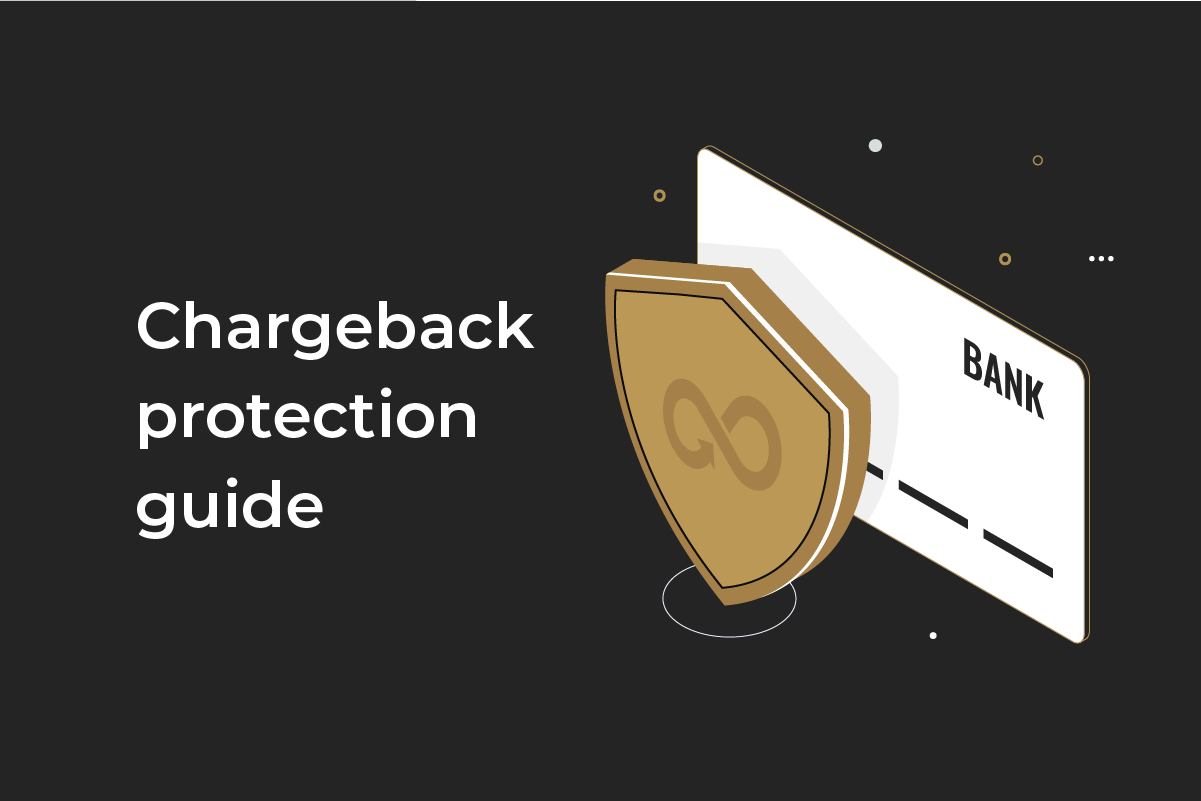The complete guide for chargeback protection

Chargebacks do protect customers from all kinds of issues with purchased products and services. Still, for a merchant, a chargeback is a synonym for damage. In this article, Maxpay’s team will talk about preventing chargebacks both automatically, and manually.
The chargeback process
A chargeback is an established right of every customer to get back the spent money if the service or product was not as it had to be according to the deal with a merchant, or if it was missing or not provided. No matter if a customer is a client of a regular bank or just an online bank.
There are several types of chargeback reasons:
- Technical reasons. It is usually a technical error on the merchant’s website, that caused the double purchase or purchase of an unwanted service or product.
- Delivery reasons. Delivery issues can occur while delivering the package to the customer, including all kinds of damage, late delivery, and package loss.
- Quality reasons. It happens when the description of the sold product or service does not match the quality described when a customer receives it.
- Fraud attempts. Fraud is the only reason for the chargeback that has no legal base in it. With fraud, a customer claims that the service or product is subject to one of the reasons, while in fact, it is not. This way, a person tries to trick the merchant and get both the product and their money back.
Chargeback process for a customer
To make a chargeback, a customer must communicate with their credit or debit card company such as Visa, MasterCard, American Express to dispute a transaction on the bill. Issuing a dispute, a customer is obliged to indicate the reason for a chargeback and provide valid proof for it in all of the European countries. To protect cardholders, most of the disputes are solved in favor of the customer. The result of the dispute is a money return to a customer’s bank account.
Chargeback process for a merchant
Meanwhile, the same chargeback process for a merchant takes an absolutely different outcome both in Europe and the UK. First of all, each chargeback does have a cost, and so a merchant pays fees to a payment service for each case. Thus, a merchant pays back the money for the purchase, the fee to a bank, and also does not get back the product or service that was ordered by a customer. It is a triple loss.
Second of all, if chargebacks are frequent events in a merchant’s business, the merchant account can get into the high-risk category, or even get terminated. That’s why there must be applied the chargeback prevention.
The three types of chargeback protection
- Chargeback alert services. Alert services usually freeze the chargeback dispute and notify a merchant, offering time for solving the issue personally. For instance, Maxpay offers multiple chargeback prevention tools to protect our merchants.
- Chargeback deflection. Deflection services can verify an identity of a customer, if this is a fraudulent one, before the purchase.
- Chargeback guarantees. In this case, a special provider becomes a guarantee and reimburses the chargeback costs.
Other ways to protect from chargeback
- Provide a detailed description of the service or product on a website. Include photos, measurements, delivery options, and time frames, along with a return and refund policy.
- Keep in touch with a customer from the purchase moment. Notify about all the steps between a payment and a delivery.
- Provide a delivery tracking service to see a movement of purchased goods and be protected from its loss.
- Make refunds as easy as possible so customers will not have to dispute a chargeback. Here we explain why refunds are way better than chargebacks.
FAQ
How do you protect yourself against a chargeback?
First of all, make sure that all the information on a website is full, well-descriptive, and up-to-date. Then, take care of a refund policy and its accessibility. Lastly, we recommend implementing chargeback alerts and fraud protection.
What are the requirements for a chargeback?
When a customer is disputing a chargeback, they are obliged to provide a reason for it, along with documented proof.
What is the final stage in the chargeback process?
The final decision is up to a card issuer, which has a right to satisfy a customer’s dispute, or on the contrary decline it.
How does chargeback insurance work?
Chargeback insurance is connected to the fraud prevention service. It automatically verifies and approves or declines incoming transactions while they are processing. If the chargeback insurance service approves a transaction that will appear to be a fraud, the service will have to reimburse a merchant for that chargeback.